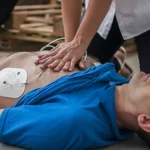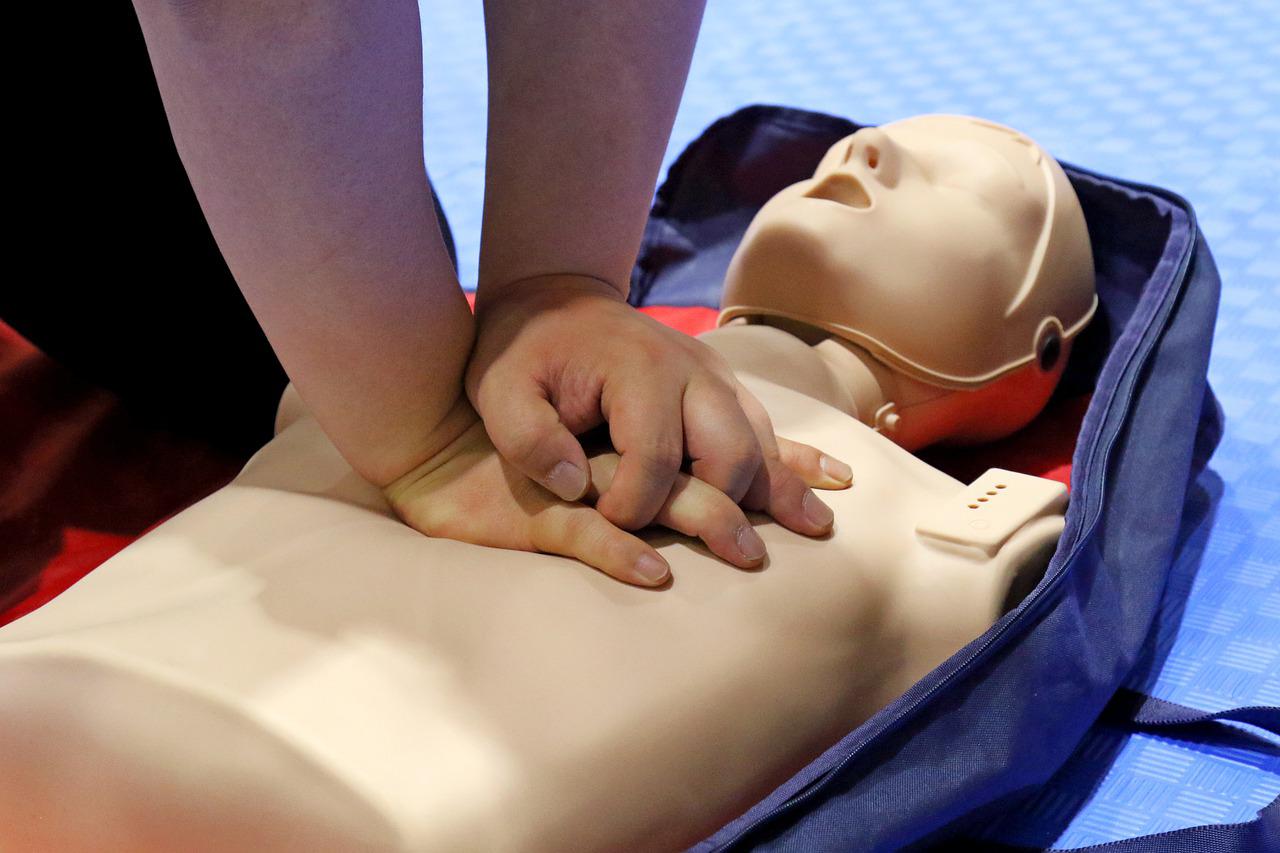It’s not a secret that Cardiopulmonary Resuscitation (CPR) can save lives in some situations. But problems and complications can also arise from CPR. It is crucial to consider the benefits and dangers of CPR from a medical perspective when you are witnessing a medical emergency. You probably have a tiny sliver of time to decide whether to perform CPR or not; swiftly and mindfully assessing the situation can go a long way in making a situation worse. Although, even with the complications and side effects, performing CPR is quite obvious in emergencies by following the right process. However, being aware of potential complications will enable you to make the right decisions and act accordingly to reduce them.
Complications from CPR
Every second counts when you are trying to save someone who has suffered a cardiac arrest. Starting CPR immediately can mean the difference between life and death for the victim. Rescuers should be aware of the side effects of CPR, particularly those individuals who are not formally trained in CPR. They are as follows:
Aspirating fluid or vomit into the lungs
One of the most common complications of CPR is aspirating vomit or fluid into the lungs. It can happen due to several reasons. Vomiting can frequently result after chest compressions because of the applied pressure. Additionally, vomiting might be a sign of certain heart problems. Finally, air can enter the stomach, causing distension and vomiting, if you are manually ventilating the patient while wearing a bag mask. You’ll be better prepared for any such situation if you train yourself in CPR.
Fracture in the ribs
There are chances when the person performing CPR could break a rib while performing compressions. Although a broken rib can happen to any patient, aged patients are the most common ones. In many cases, it is impossible to avoid breaking a rib. However, the possibility can be reduced by using the correct hand position.
Tissue injury or bruising
Performing CPR can be distressing. Forcefully pumping someone’s chest might damage the chest’s soft tissues. Patients who experience and survive CPR experience severe pain for several days after it. However, there is not much you can do to prevent it due to the force required to do CPR effectively.
Are there any long-term effects of CPR?
Performing CPR involves pushing firmly on the chest and may also involve mouth-to-mouth or mask breathing to restart the heart and breathing. Follow-up steps after CPR is successful can be:
- Inserting a breathing tube (intubation) inside the patient’s throat
- Electrical shocks to try to encourage the heart to beat normally
- Intravenous (IV) medicines may need to be administered
All these actions can result in long-term side effects of CPR, such as:
- Fractures in the ribs during CPR can cause severe pain.
- Sometimes survivors have to stay at the hospital for extended time for recovery and rehabilitation.
- Intubation and ventilation-related complications might lead to collapsed lungs, pneumonia, various infections, and damage to the teeth, voice box, or lungs.
- Less than 1% of victims with serious illnesses survive after receiving CPR.
- Lack of oxygen when performing CPR might seriously harm the victim’s brain or other organs resulting in permanent or long-term dependency on others or a permanent vegetative state.
Avoiding CPR complications
The best way to avoid any complications of CPR is to make the right judgment about whether the victim needs CPR or not. Also, you should know when to stop giving CPR to the victim. Following are five such situations when CPR is not required or stopped:
- When the victim is breathing and doesn’t sound like gasping or choking. Breathing is a clear sign of life.
- When an AED machine becomes readily available to use, you should stop giving CPR.
- You should stop CPR when the Emergency Medical Service professionals reach the spot of the accident to take over.
- If you feel that it’s unsafe at the scene of the accident, stop CPR.
- You get too tired to continue CPR. Unrhythmic CPR might lead to a bigger damage.
Conclusion
CPR involves the risk of physical harm to the victim, and the techniques are risky as well, which may result in complications. Although, in the end, the possibility of complications is low and shouldn’t prevent you from administering CPR to a victim who needs it. Learning CPR from American HealthCare Academy’s online certification course will prepare you for situations when the victims require CPR. Our courses are nationally accredited and have a 98% acceptance rate. Enroll today.













